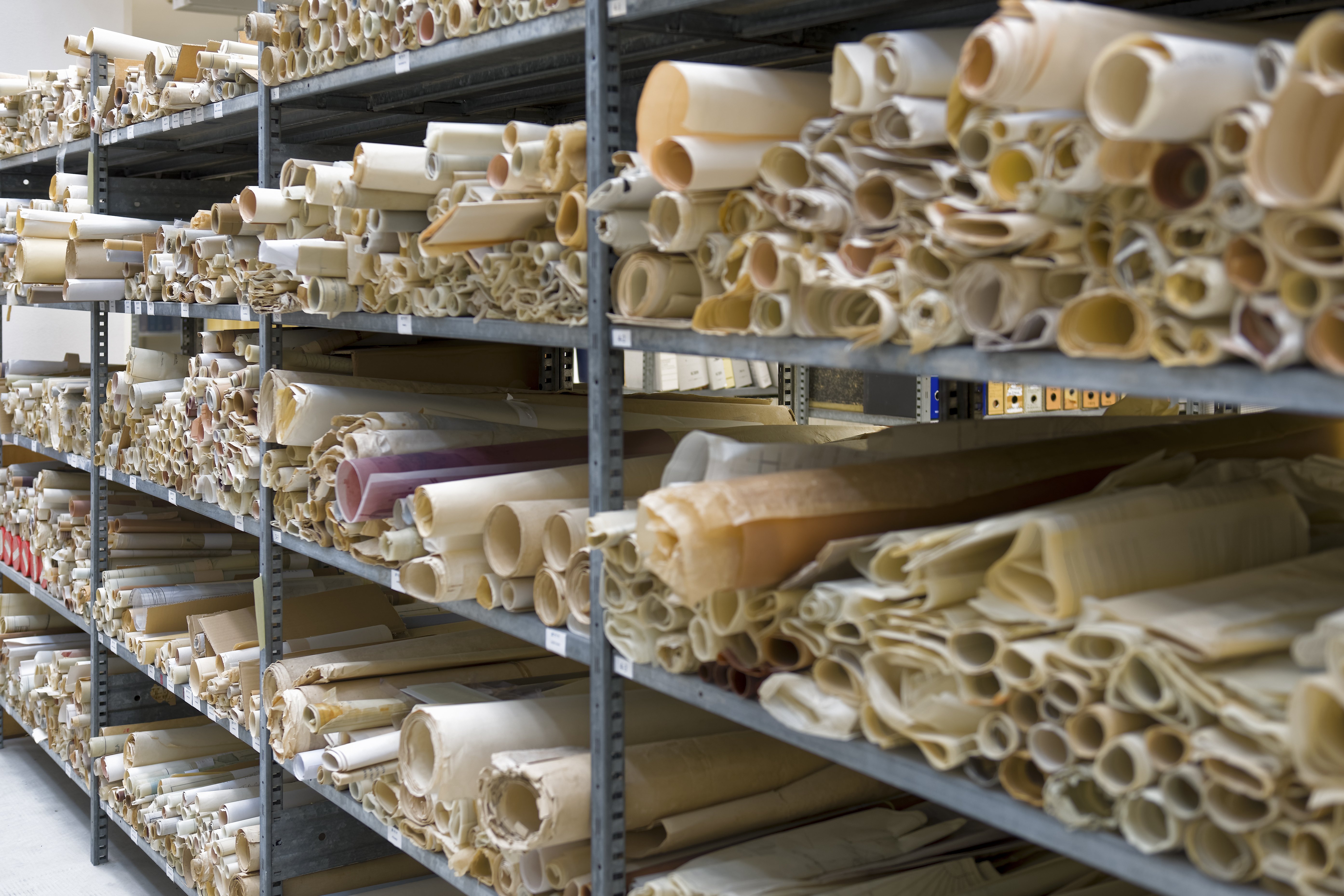
The Importance of Archival Storage for Museums
Museums are critical in preserving our world's cultural, historical, and artistic treasures. From priceless artifacts to ancient manuscripts and delicate paintings, these institutions safeguard pieces of history for future generations. However, these invaluable collections risk deterioration, loss, or damage without proper archival storage solutions. Implementing high-quality museum and art storage solutions is essential to ensure the longevity and accessibility of these precious items.
The Challenges of Museum Storage
Museum collections grow over time, and space limitations become a significant challenge as the number of artifacts increases. Without a well-organized museum storage system, items can become misplaced, damaged, or rendered unusable. Additionally, environmental factors such as humidity, temperature fluctuations, light exposure, and pests can cause irreversible damage to delicate materials like paper, textiles, and paintings.
Key Benefits of Proper Archival Storage
1. Preservation of Artifacts
Archival storage solutions protect artifacts from environmental factors that lead to degradation. Climate-controlled storage spaces, UV-resistant materials, and specialized enclosures ensure that delicate items remain intact for generations.
2. Optimized Space Utilization
Museums often struggle with limited storage space. Compact shelving systems, high-density mobile storage, and vertical storage solutions maximize available space, allowing institutions to store more artifacts efficiently while maintaining accessibility.
3. Improved Organization and Accessibility
A well-designed storage system makes it easier for museum staff to locate and retrieve artifacts when needed. Custom shelving, labeled compartments, and digitized inventory management streamline operations, reducing the risk of misplacement or accidental damage.
4. Enhanced Security
Many museum collections include rare and valuable items that require heightened security. Archival storage solutions often incorporate lockable cabinets, secure access points, and surveillance systems to prevent theft and unauthorized handling.
5. Compliance with Industry Standards
Museums must adhere to strict archival and conservation standards to maintain the integrity of their collections. Implementing industry-compliant storage solutions ensures that institutions meet guidelines set by organizations such as the American Institute for Conservation (AIC) and the International Council of Museums (ICOM).
McMurray Stern: Your Partner in Museum and Art Storage
At McMurray Stern, we understand museums' unique challenges regarding storage. Our innovative museum and art storage solutions provide your collections with the highest protection, efficiency, and organization. Whether you need climate-controlled archival storage, mobile shelving systems, or custom cabinets for rare artifacts, our expert team will work with you to design a tailored solution that meets your institution's needs.
Investing in proper archival storage is not just about organizing artifacts—it's about safeguarding history for future generations. Contact McMurray Stern today to learn how we can help your museum optimize its storage and preservation efforts.
Recent blogs
Explore Our Top Articles And The Latest Storage Trends, Where Industry Expertise Meets Innovation.